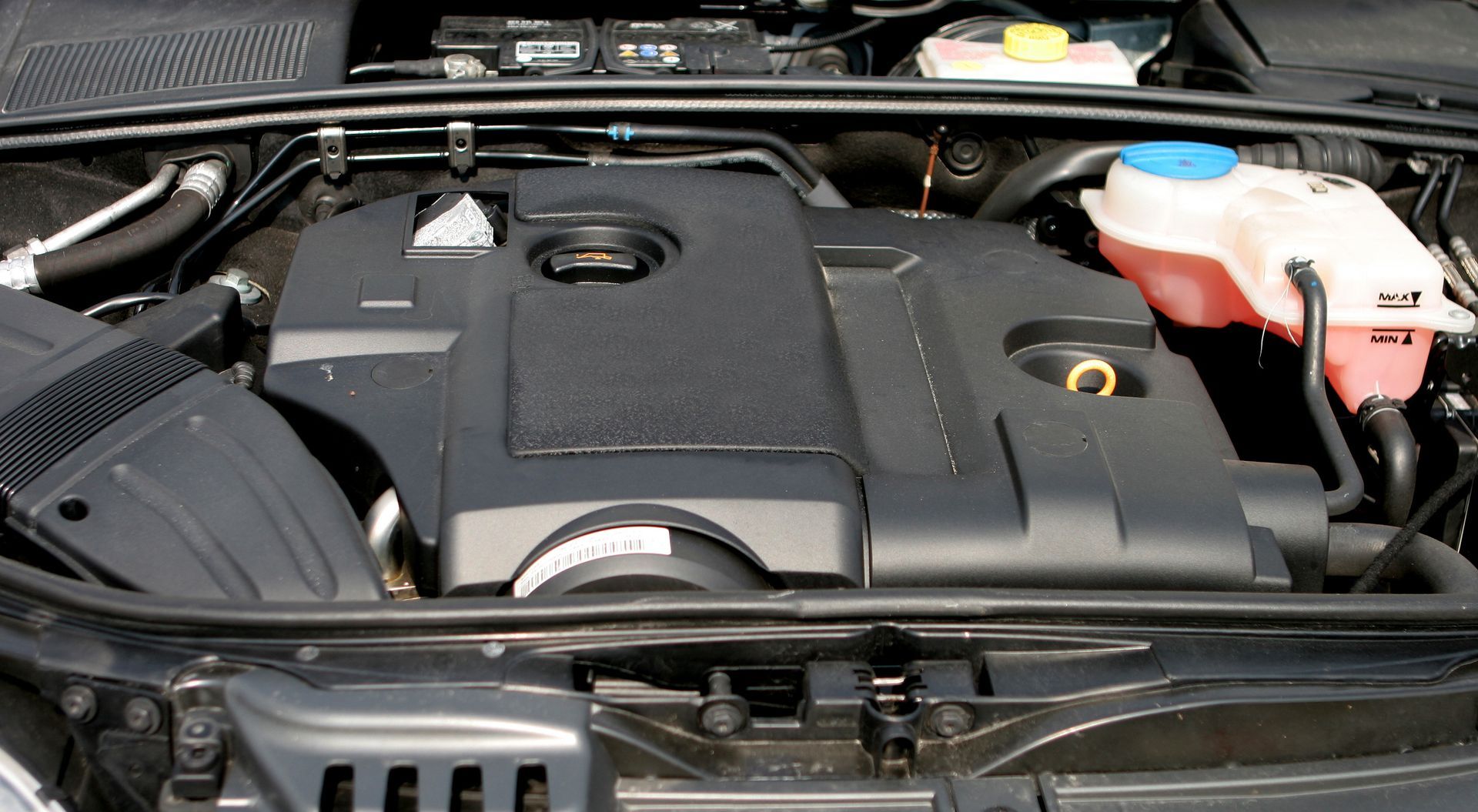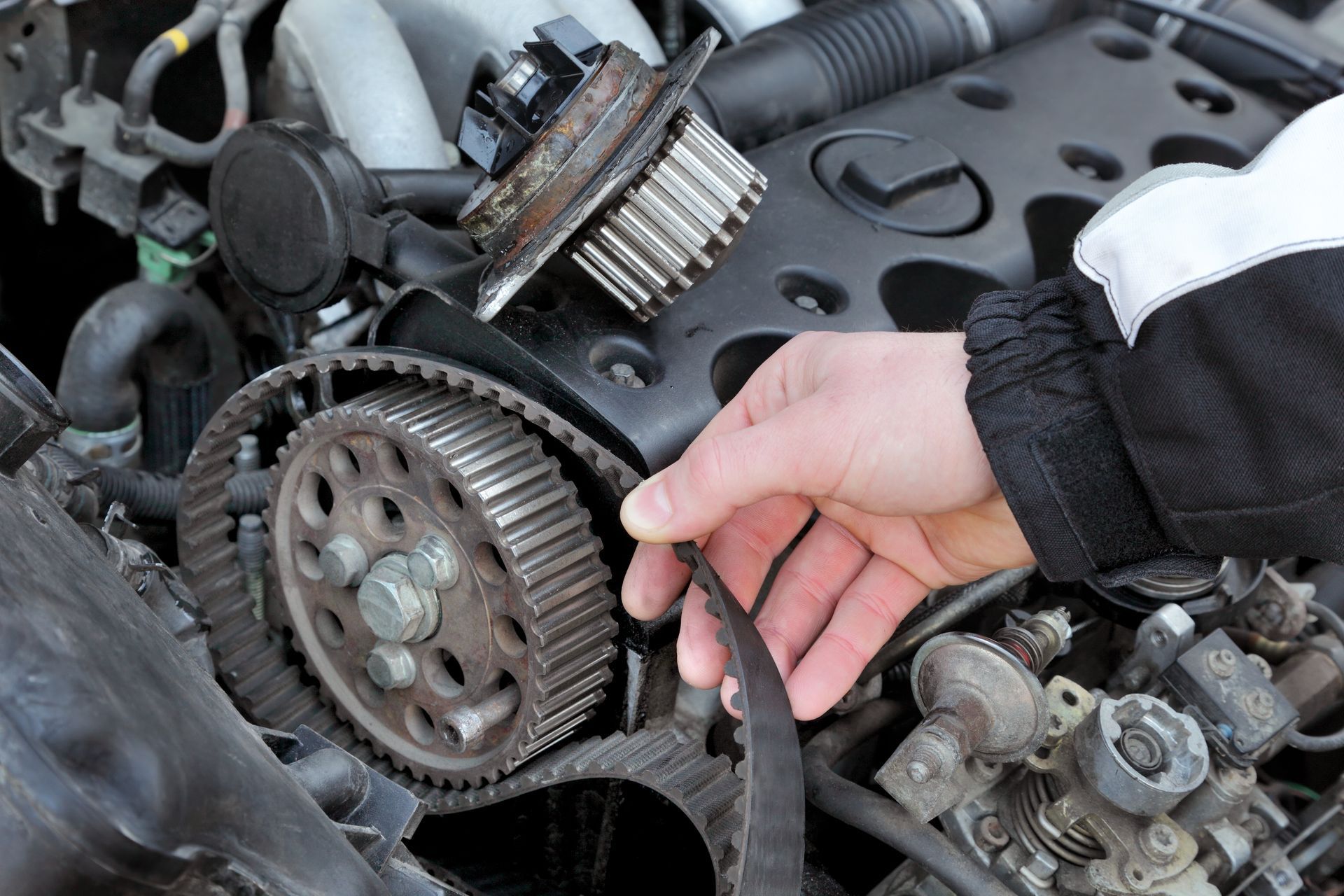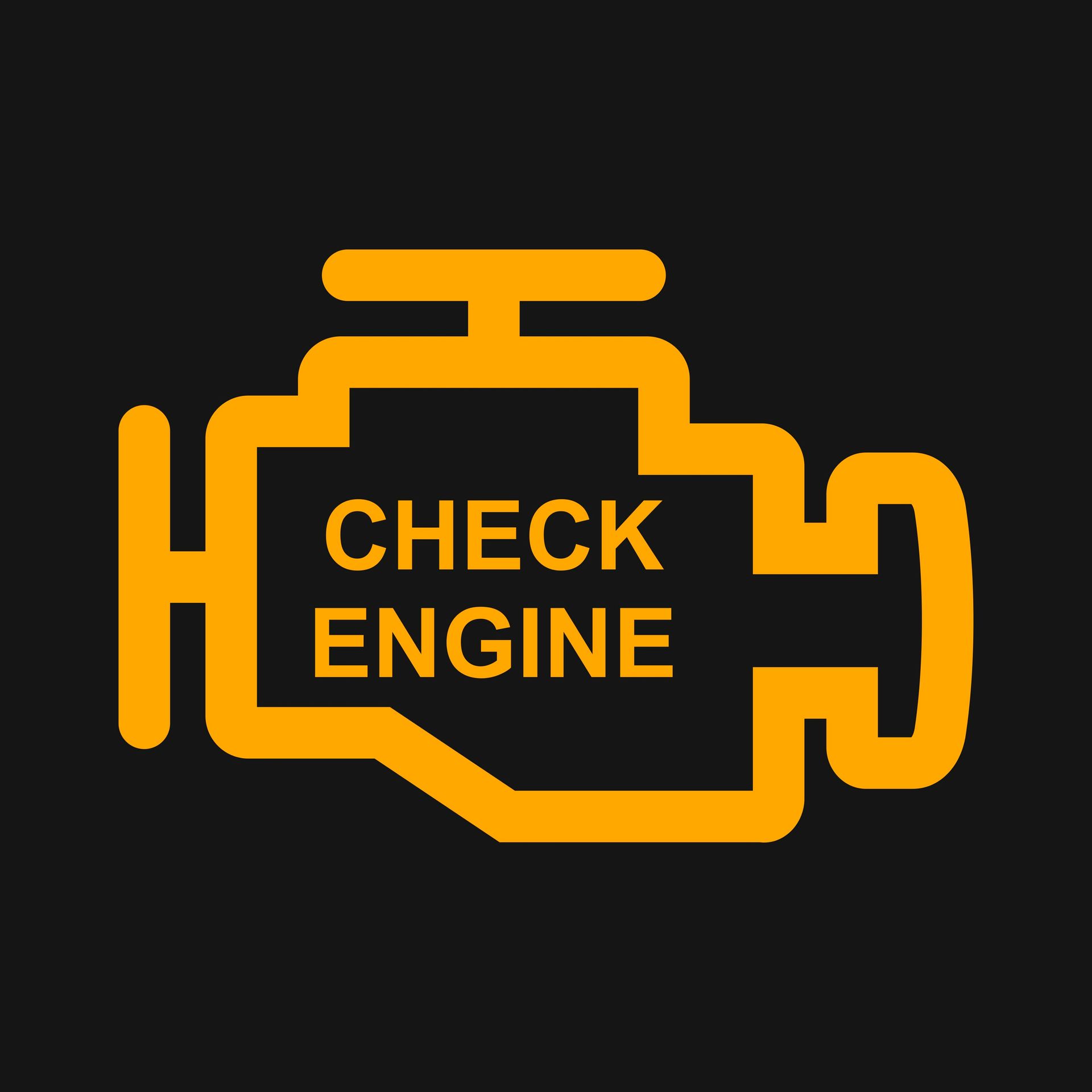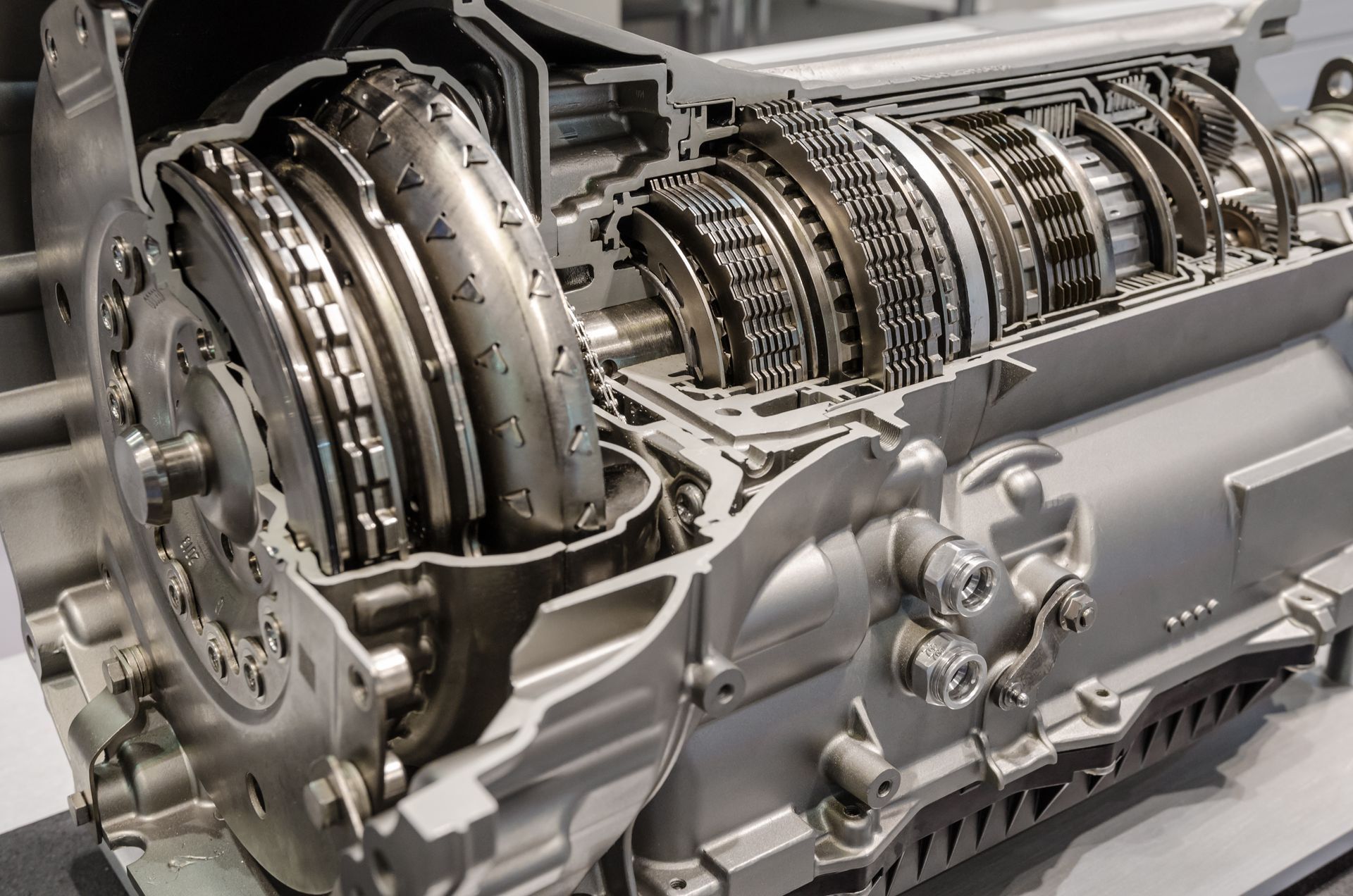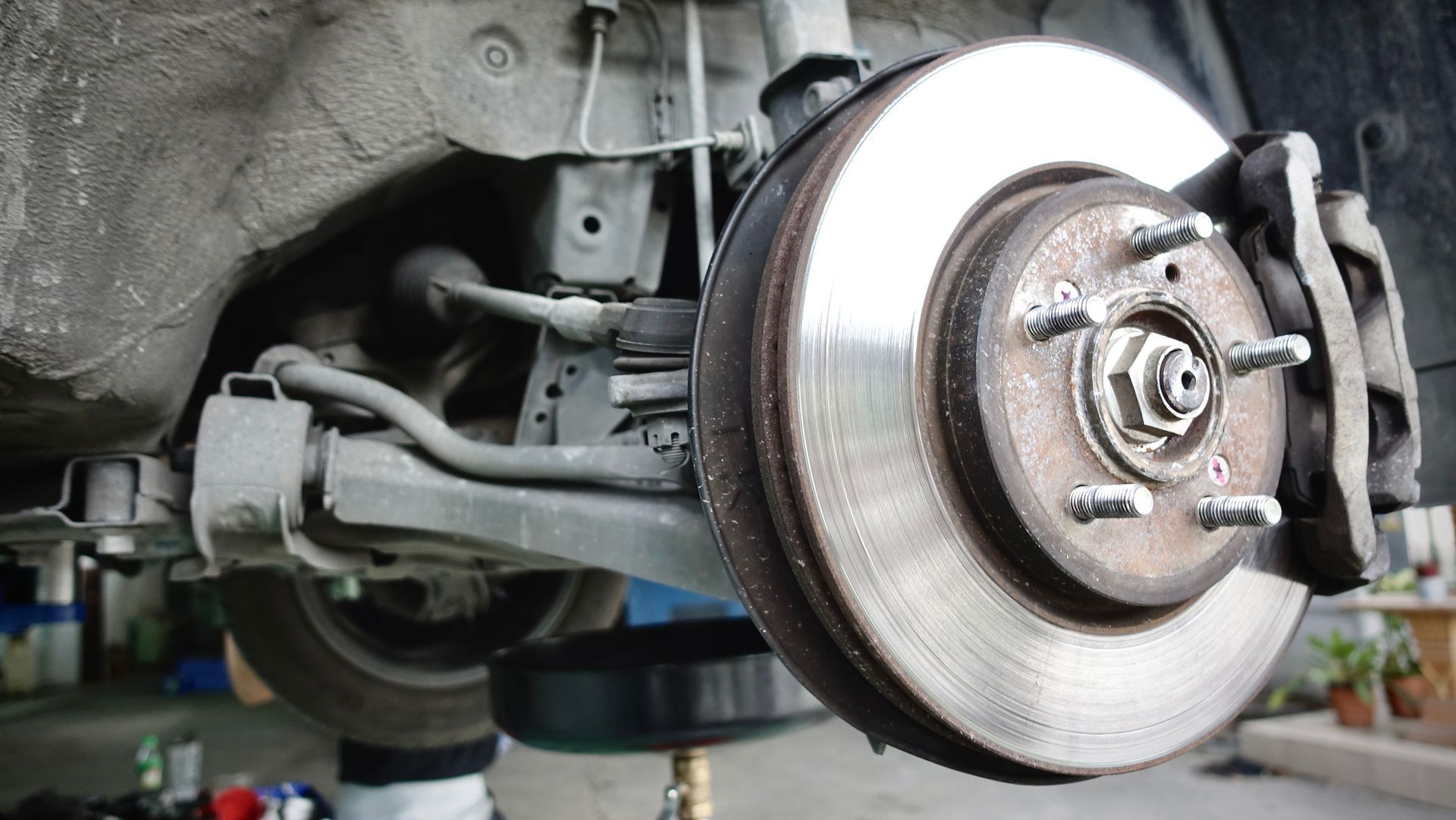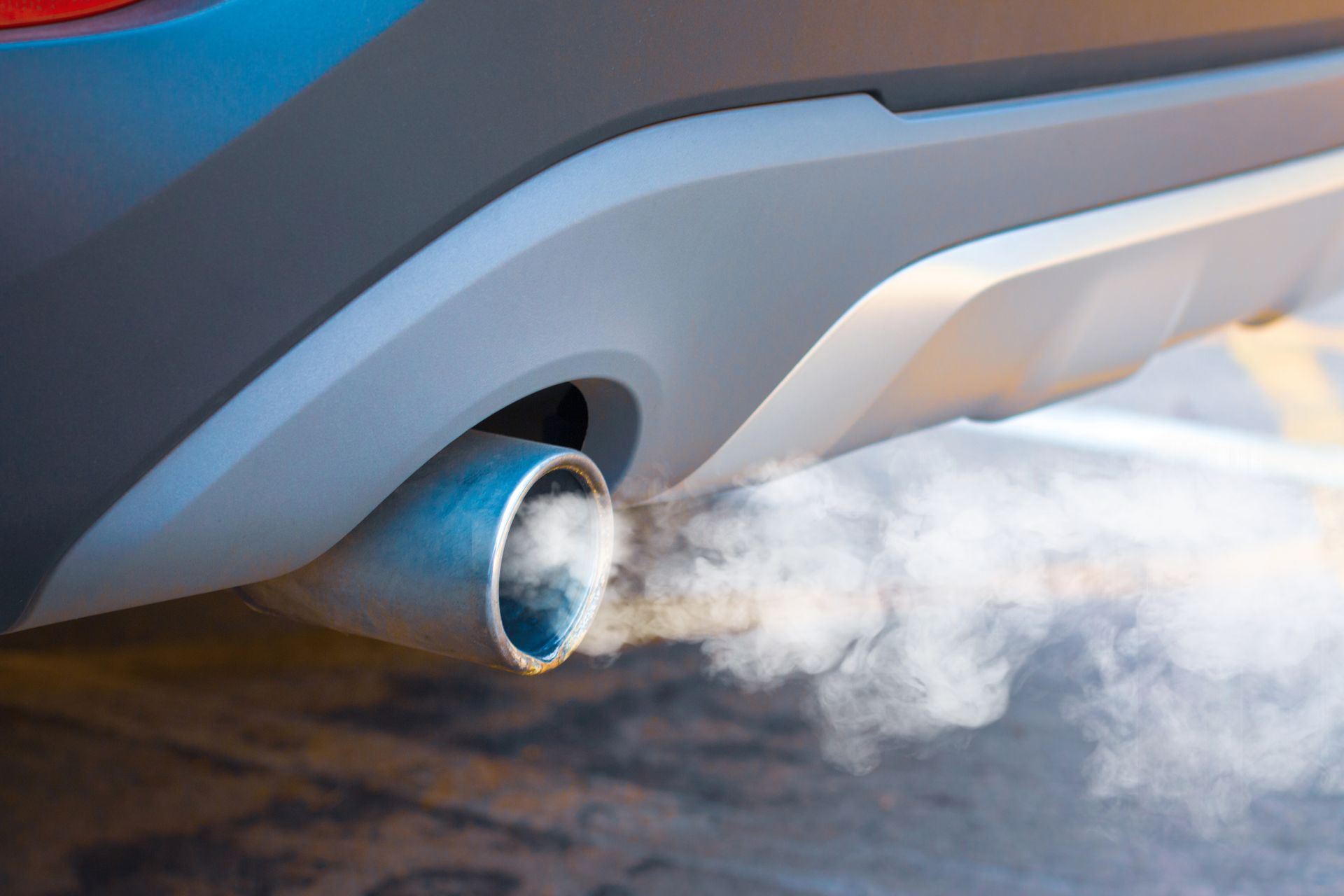Hours:
Loading ...
Missing business hours data / Error occurred while getting the data.
Call us: (502) 556-1415
Fleet Maintenance Essentials for Business Owners
November 29, 2024
Managing a fleet of vehicles is no small feat, especially when your business relies on keeping those vehicles on the road day in and day out. Whether you run a delivery service, a construction company, or a mobile repair business, the health of your fleet can directly impact your bottom line. But here’s the catch: skipping out on routine fleet maintenance can lead to unexpected breakdowns, costly repairs, and even safety hazards. So, how can you keep your fleet in top shape and avoid those dreaded downtimes?
The Importance of Regular Fleet Maintenance
Think of your fleet as the backbone of your business operations. Each vehicle plays a crucial role in getting your products or services to your customers. But when maintenance is neglected, even one out-of-service vehicle can throw a wrench into your plans. Regular fleet maintenance isn’t just about changing the oil or checking tire pressure; it’s a comprehensive approach to keeping your vehicles reliable and efficient.
Proper fleet maintenance can help you extend the lifespan of your vehicles, reduce operating costs, and enhance safety for your drivers. Plus, staying proactive with maintenance can save you money in the long run by preventing minor issues from becoming major repairs. And let’s face it. No business owner wants to deal with the hassle of emergency fixes that could have been avoided with a simple check-up.
Key Areas of Focus in Fleet Maintenance
Maintaining a fleet is not a one-size-fits-all situation. Different types of vehicles may have different needs, but some core areas require your attention no matter what. Let’s break down the key elements you should focus on to keep your fleet running like a well-oiled machine.
Regular Inspections and Preventive Maintenance
The cornerstone of fleet maintenance is routine inspections. These inspections should cover everything from brakes and tires to lights and fluid levels. A comprehensive check can catch small issues before they escalate into costly repairs. Preventive maintenance schedules should be established based on mileage, usage, and manufacturer recommendations. Whether it’s replacing air filters, topping off fluids, or rotating tires, these small steps go a long way in preserving your fleet’s performance.
Tire Management
Tires are one of the most critical components of any vehicle, especially when you have multiple vehicles out on the road every day. Worn or improperly inflated tires can affect fuel efficiency, cause uneven wear, and increase the risk of blowouts. Regularly checking tire pressure, alignment, and tread depth can improve safety and extend the life of your tires. Consider investing in quality tires and setting up a rotation schedule to ensure even wear across your fleet.
Fuel Efficiency Monitoring
Fuel is a significant expense for any business with a fleet of vehicles. That’s why monitoring fuel usage is crucial for identifying inefficiencies. Regularly checking for issues like under-inflated tires, clogged air filters, or engine misfires can help optimize fuel consumption. Implementing a fuel management system can track fuel usage, help you spot unusual patterns, and even pinpoint drivers who may need additional training in fuel-efficient driving practices.
Brakes and Safety Systems
Safety should be a top priority, and that starts with a well-maintained braking system. Regularly inspect brake pads, rotors, and brake fluid levels to ensure your fleet vehicles can stop quickly and safely. Don’t overlook other safety features like headlights, wipers, and signals. A quick inspection before each trip can make a big difference in preventing accidents and maintaining the safety of your drivers and cargo.
Record Keeping and Maintenance Logs
Keeping detailed records of all maintenance activities is vital for tracking the health of your fleet. These logs should include everything from oil changes and part replacements to tire rotations and brake inspections. Not only does this help with scheduling future maintenance, but it can also provide valuable insights into recurring issues, allowing you to make informed decisions about repairs or even vehicle replacements. Plus, detailed maintenance logs can be beneficial for insurance claims or when it’s time to sell or upgrade vehicles.
The Benefits of a Fleet Maintenance Plan
Now that we’ve covered what goes into fleet maintenance let’s talk about the benefits of having a solid maintenance plan in place. A well-executed plan not only extends the life of your vehicles but also keeps your business running efficiently. Here are some of the key advantages:
- Reduced Downtime: Keeping up with scheduled maintenance reduces the likelihood of unexpected breakdowns, which means less downtime for your business.
- Lower Repair Costs: Preventive maintenance can catch small problems before they turn into expensive repairs, saving you money in the long run.
- Improved Safety: Regular inspections ensure that your vehicles are safe for your drivers and other road users, reducing the risk of accidents and liability.
- Better Fuel Efficiency: Well-maintained vehicles operate more efficiently, which can lead to significant fuel savings over time.
- Higher Resale Value: If you plan to sell or upgrade your vehicles in the future, a detailed maintenance history can increase their resale value.
How to Implement an Effective Fleet Maintenance Strategy
Setting up a fleet maintenance program doesn’t have to be complicated. Start by creating a checklist for each vehicle type, covering all the essential maintenance tasks. You can also use fleet management software to streamline the process, track service schedules, and automate reminders for upcoming maintenance.
Make sure your drivers are also part of the maintenance process. Encourage them to perform daily checks and report any unusual noises, vibrations, or dashboard warning lights. Driver feedback can be invaluable in catching problems early. Lastly, partner with a trusted service provider who understands the needs of your business and can keep your fleet in top condition.
Need a reliable partner for fleet maintenance?
Top Gun Auto Repair offers inspections, repairs, and more to keep your vehicles in peak condition. Contact us now!
Visit us
Loading ...
Missing business hours data / Error occurred while getting the data.
Having Trouble Finding Us?
Loading ...
Missing nap lines data / Error occured while getting the data.

